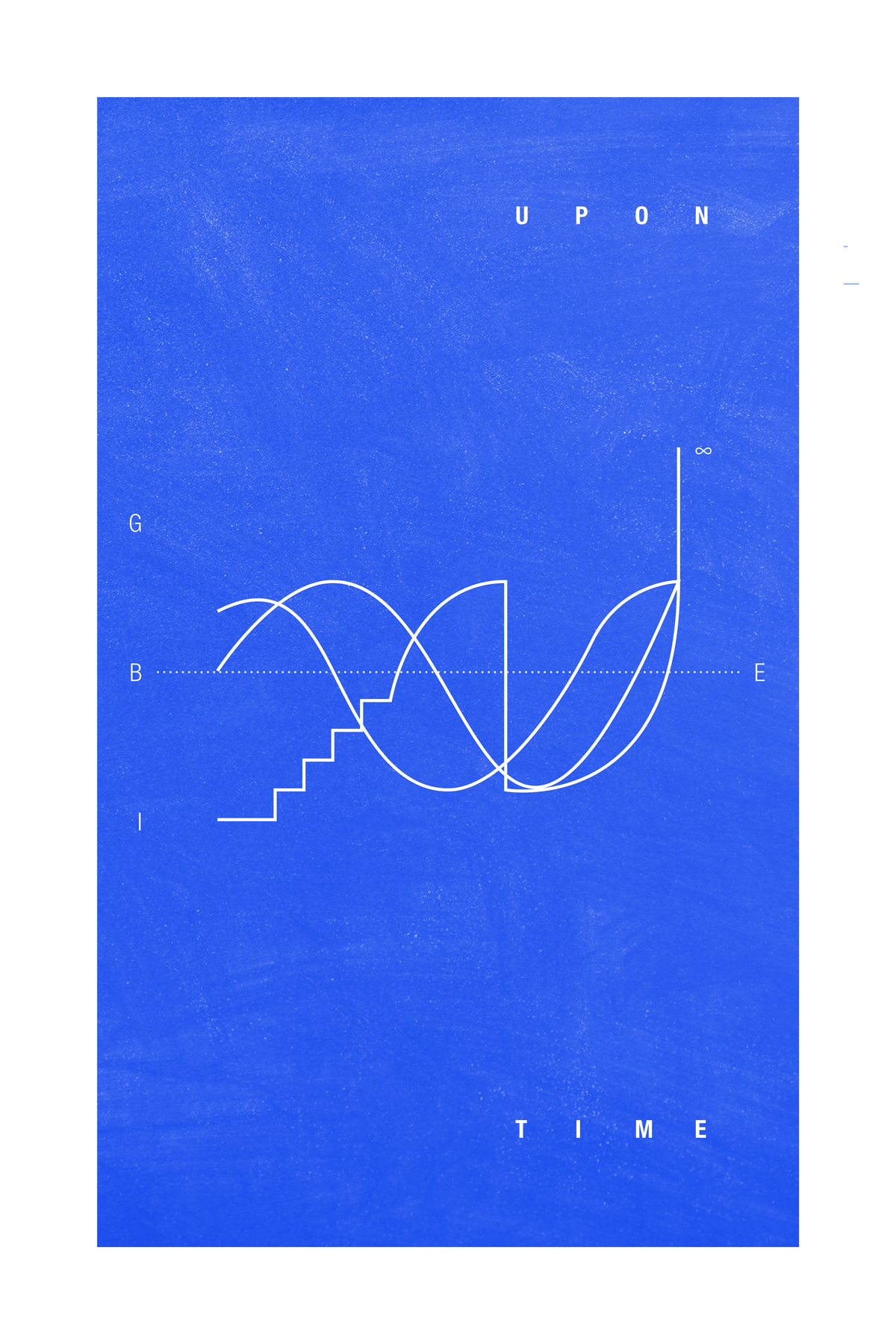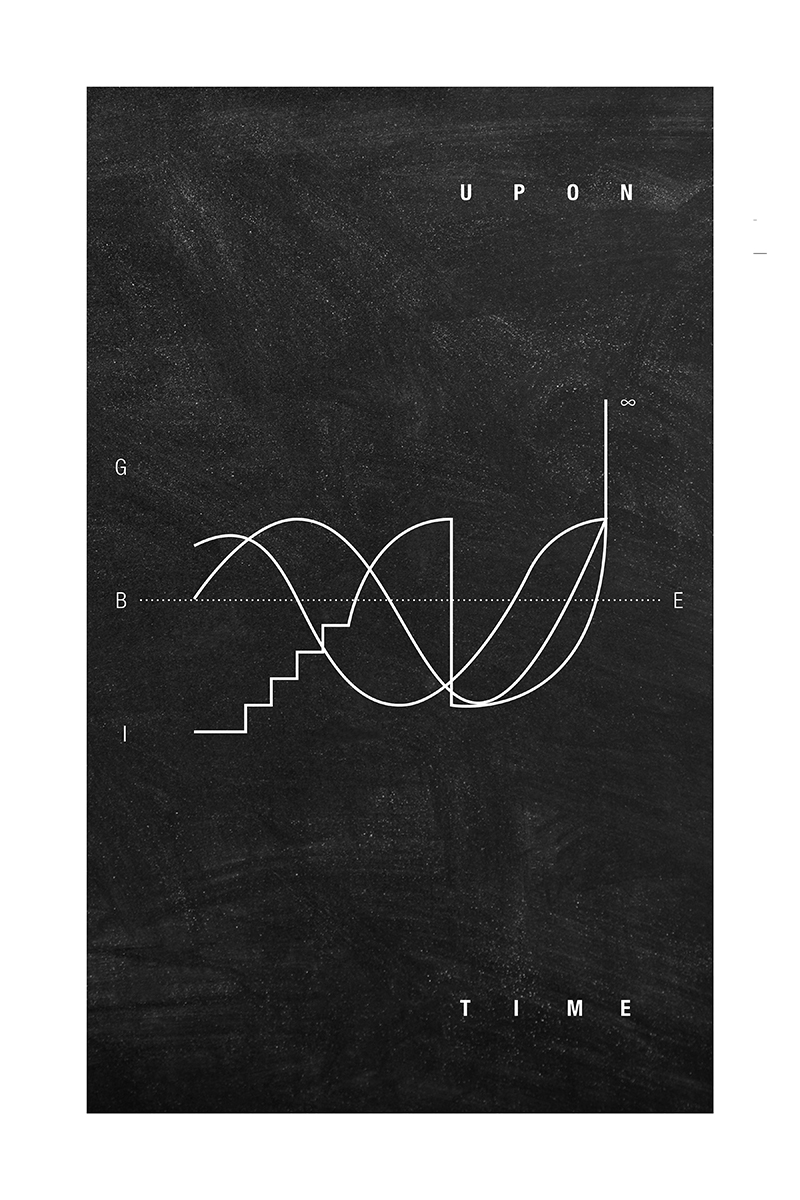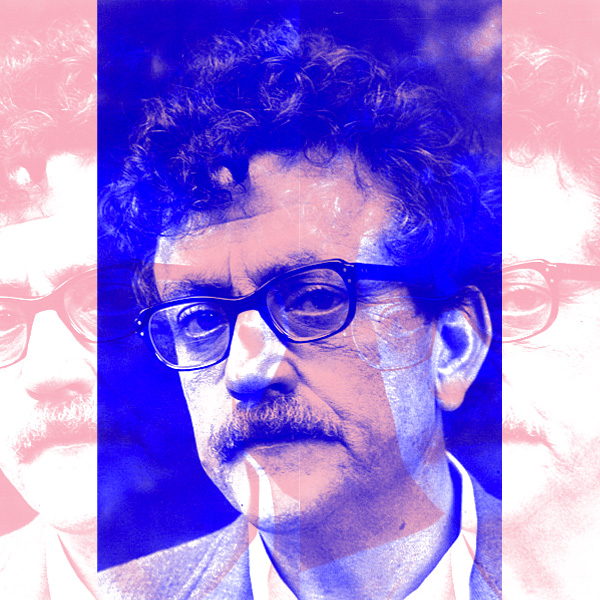The weird feeling of watching the same movie over and over again.
I was introduced to Kurt Vonnegut’s shapes of stories after digging in Hollywood’s movie production main stream garden.
What constitues a good movie?
The feeling you get or the feeling a majority of people got by watching it?
When I was in my twenties I was fascinated by watching the most downloaded torrent movies of the internet. I wanted to be aware of what was watched the most over the world and feeling connected to this new global pop culture.
So I would go on the most notorious illegal torrent provider, sort the files by most seeders and download the five first movies suggested by the engine.
It was usually mediocre teen movies with a little “becoming adult” kind of emotion. Nothing that would really let you in awe, but the perfect companion for a rainy sunday afternoon.
Watching these Hollywood releases every week for a month gets you a weird déjà-vu feeling. It outlines an obvious story pattern that frame each movie as if you were watching new iterations of the same story over and over again.
The more you watch them the easiest it gets to know within the first ten minutes which character is going to die, who is going to fall in love, and who will be betraying the hero.
An awful automatic skill that progressively kills the sake of watching any Hollywood’s main stream productions.
This topic was very inspiring to deal with my Alteration and my Recomposition series. So I started my research on the subject and was soon introduced to Kurt Vonnegut’s shape of stories idea.
Kurt Vonnegut’s explanation of the weird déjà-vu feeling in Hollywood movies.
Kurt Vonnegut was a notorious and very inspiring American writer. For his complete biography you can read his Wikipedia page.
I will be focussing only on what makes echo in my creative research on alteration and recomposition.
Here is my shortlist of what makes him a special American character of the second half of the 20th century:
- dropped out of Cornell University.
- was captured by the german during WWII and survived by hiding in a meat locker of a slaughterhouse.
- published Slaughterhouse-Five in 1969, an anti-war story, his sixth novel and first commercial success.
“Well, there’s no reason why the simple shapes of stories can’t be fed into computers.”
— Kurt Vonnegut
In this great article by Stacy Liberatore, we are taught that after analyzing over 1700 movies, almost every story conforms to one of just six plots mainly inspired from classic myths and stories. For example :
- “Rise – Fall” plot : Icarus
- “Fall – Rise – Fall” : Oedipus
- “Rise – Fall – Rise” : Cinderella
- etc.

Blue 255 
K 100
